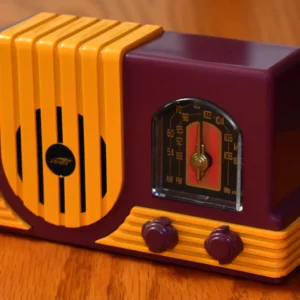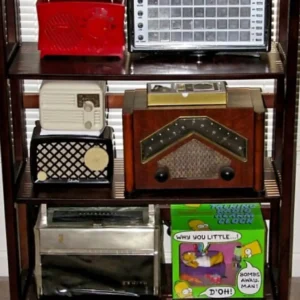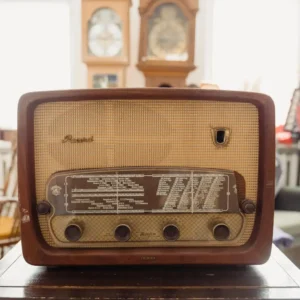When EDN published its first issue in 1956, electrical measuring instruments looked a little different than they do today. Howard Skolnik, a former colleague and key analog mentor from my Burr-Brown days, has always had a passion for significant products made by pioneering electrical instrument companies and has accumulated a large collection over the years that includes Burr-Brown, General Radio, Leeds, and Northrup and Weston. Skolnik has been looking for several years for a proper institution to maintain his collection that took 50 years to accumulate, refurbish, and document. He has contacted many institutions including the Smithsonian in Washington, without success, for a variety of reasons. He is hoping that someone will appreciate what this collection represents and can offer help to preserve it.
This slideshow features some items from the collection from around 1956, to give you an idea of what instruments looked like when EDN was born. Burr-Brown was incorporated on the same day EDN published its first issue, May 8, 1956. That year Burr-Brown started with “instruments” in wooden boxes. The first product was the Model 100 AC Decade Amplifier. This was not an op-amp. Other early products, in wooden boxes, included a Differential AC Amp, Square Wave generator, Variable Gain Preamp, and AC Millivolt Meter. The Model 100 was the first commercial transistorized amplifier, and when co-founder Tom Brown visited customer MIT, he found that they were discarding the boxes to make them smaller.
Telephone repeaters made long distance phone service possible between 1900 and 1915. Circa 1959, Altec Lansing developed the first solid-state telephone repeater amplifier shown above. This Model 455B transistor amplifier telephone repeater datasheet provided installation and maintenance information in addition to specs, and below you can see the schematic for the 453B transistor amplifier.
The analog voltmeter back in the 50s had a galvanometer movement with a multiplier resistor (see above, I think a 60k ohm maximum resistance value) in series with it. The potential drop across the galvanometer itself is small, and the value of the multiplier is adjusted to allow most of the potential drop to be measured.








